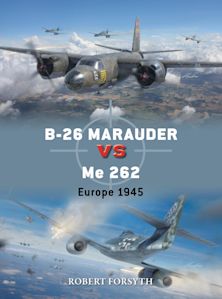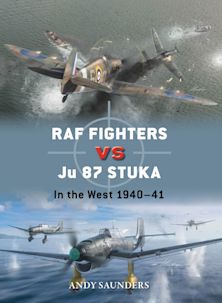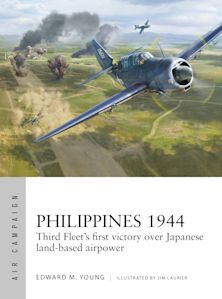A-7 Corsair II Units 1975-91
A-7 Corsair II Units 1975-91
Description
At the A-7 Corsair II's peak in the mid-1980s, some 30 US Navy squadrons flew various versions of the aircraft, including six Naval Air Reserve units, and these many of these units saw action across the Middle East.
By the time the jet saw combat in Operation Desert Storm (1991), there remained only two fleet squadrons – many fleet squadrons having either disestablished or transitioned to the F/A18 Hornet – but both of these units (VA-46 and VA-72) played a major role in the campaign to free Kuwait.
The book details the technological development and improvements that were introduced to the airframe post-Vietnam (the FLIR targeting pod from 1979 and AGM-88 HARM missile from 1983 being the most important), and how they shaped operational employment of the aircraft. The jet's combat experiences in conflicts during the 1970s (Cambodia), 1980s (Lebanon, Grenada, Libya and Iran), and 1990s (Iraq) are explained in detail, and Peter Mersky's expert analysis is supported by numerous first-hand accounts from naval aviators that saw action with the A-7 during these campaigns.
Table of Contents
1. The Last Battle
2. Peace After Vietnam
3. The turbulent 1980s
4/ More Action in the Middle East
5. Libya and Iran
6. Desert Shield/Storm
Appendices
- Colour Plates Commentary
Index
Product details
| Published | Feb 18 2021 |
|---|---|
| Format | Ebook (PDF) |
| Edition | 1st |
| Extent | 96 |
| ISBN | 9781472840615 |
| Imprint | Osprey Publishing |
| Series | Combat Aircraft |
| Short code | COM 135 |
| Publisher | Bloomsbury Publishing |

Resources
Discover More
Visit our exclusive member's website to see artwork, maps, and more from this book.

Resources
Book Vote
Tell us what titles you would like to see published by Osprey, then vote for your favourites in our monthly book vote!



























